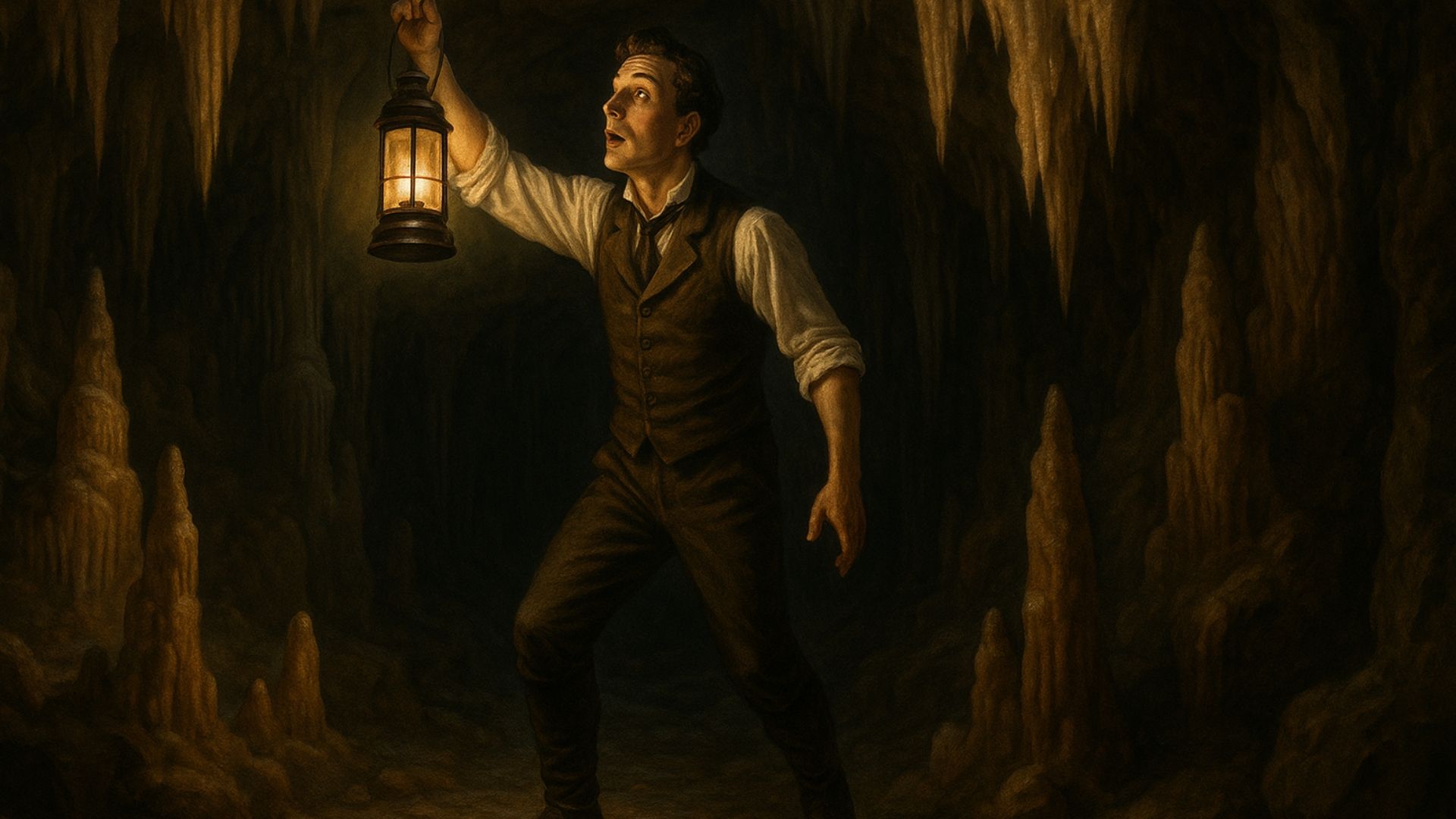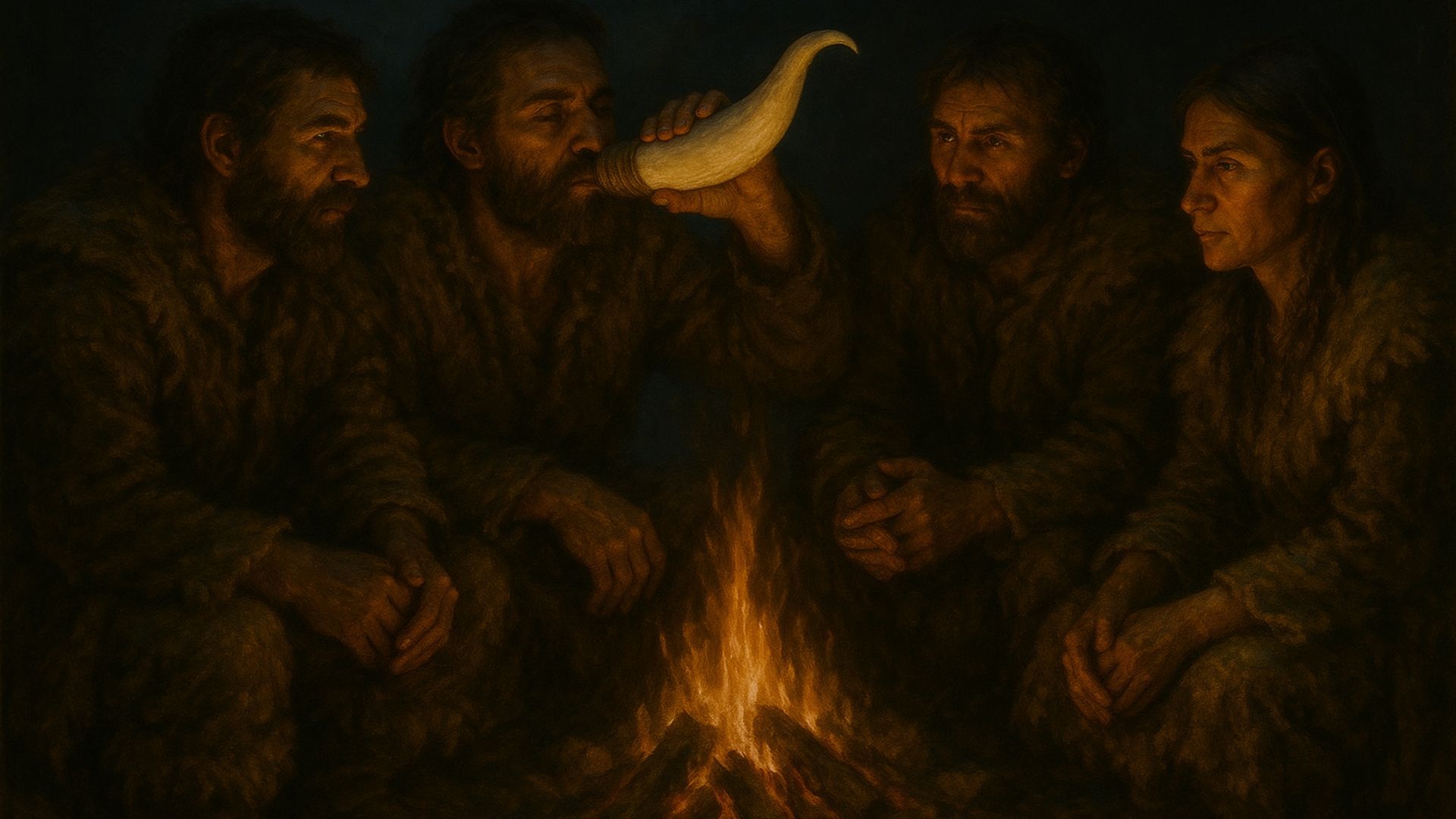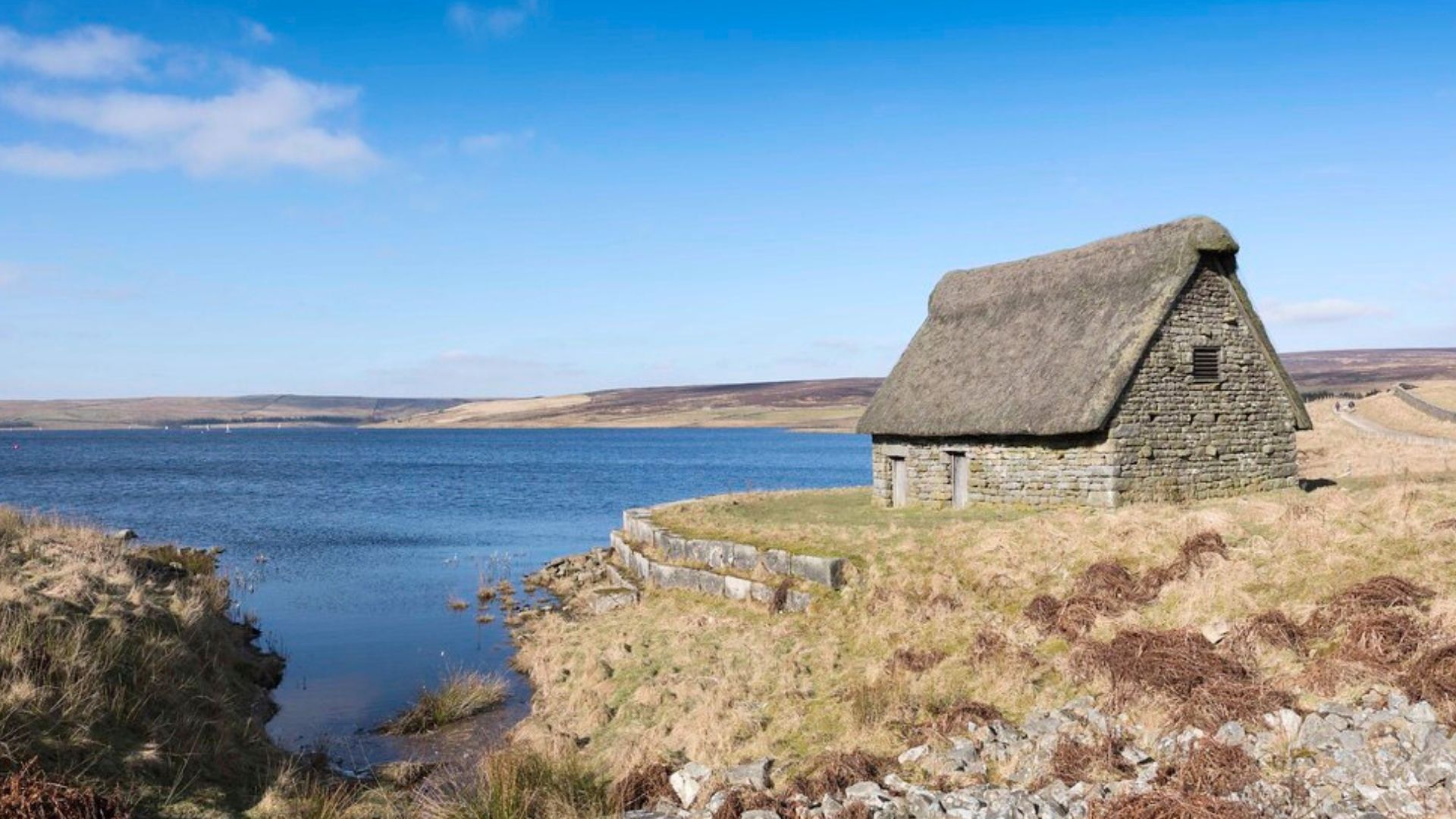Ready to learn all about the wonderful world of sea caves? We're here to be your marine guides…
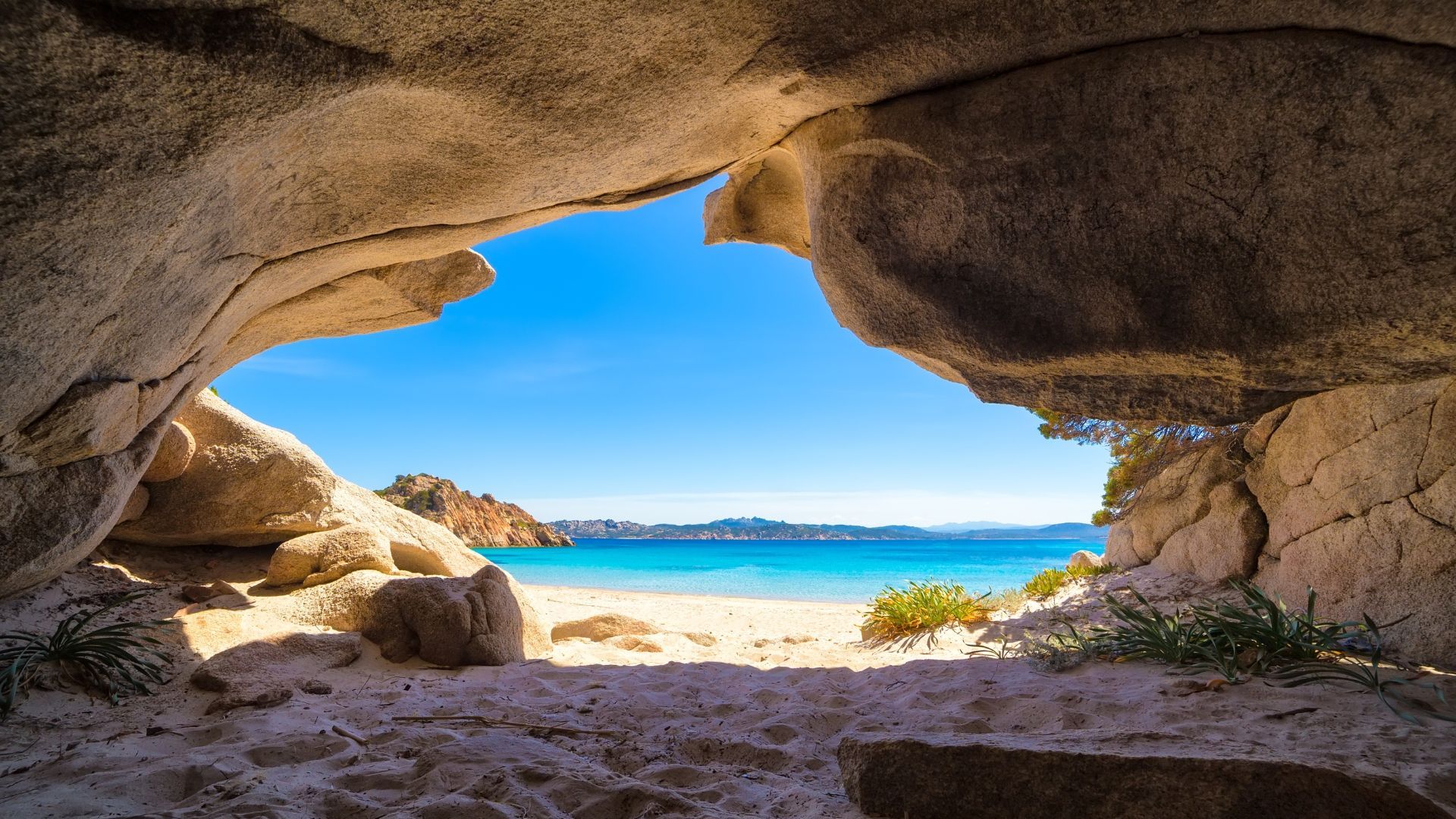
Geology (the science of the Earth) has its superstars. Icebergs and mountains, coral reefs and canyons – all could take home the award for gob-smacking beauty.
But how about sea caves? These geological features are less well known. In our opinion, however, they're no less beautiful and no less fascinating in their origins.
From the basalt columns of Fingal's Cave in Scotland to the luminous waters of Blue Grotto in Capri, the world's sea caves have the power to enchant – and to educate.
They come in all shapes and sizes. Some are just small openings in coastal rock. Others are long, interconnected networks of chambers and passageways – the marine equivalent of subterranean caves like the ones here at Stump Cross Caverns.
Despite the huge variety in size and shape, all sea caves are tallest and widest at the entrance. And all are formed in roughly the same way.
How do sea caves form?
Sea caves are sometimes known as "littoral caves". The word "littoral" refers to land lying near the shore. Sea caves are the product of the constant lapping, crashing and breaking of the waves.
Over time, waves cause erosion. Sea caves are just one kind of littoral feature created in this way. Others include sea arches, stacks and stumps.
The waves wear away at weaknesses in the rock. These could be cracks, faults, fractures or areas where the rock is on the softer side. At the same time, the wave hurls sand and pebbles at the fracture. These abrade (scrape or wear away) the rock.
All of this is leading in one direction: the weakness turns into an opening and the opening gets larger over time. Eventually, you're left with a sea cave.
Marine life can contribute to the erosional process, too. Sea urchins, for instance, drill into rock with their teeth. Over time – and we mean a really long time – this can weaken coastal bedrock and contribute to the creation of sea caves.
What are relict caves?
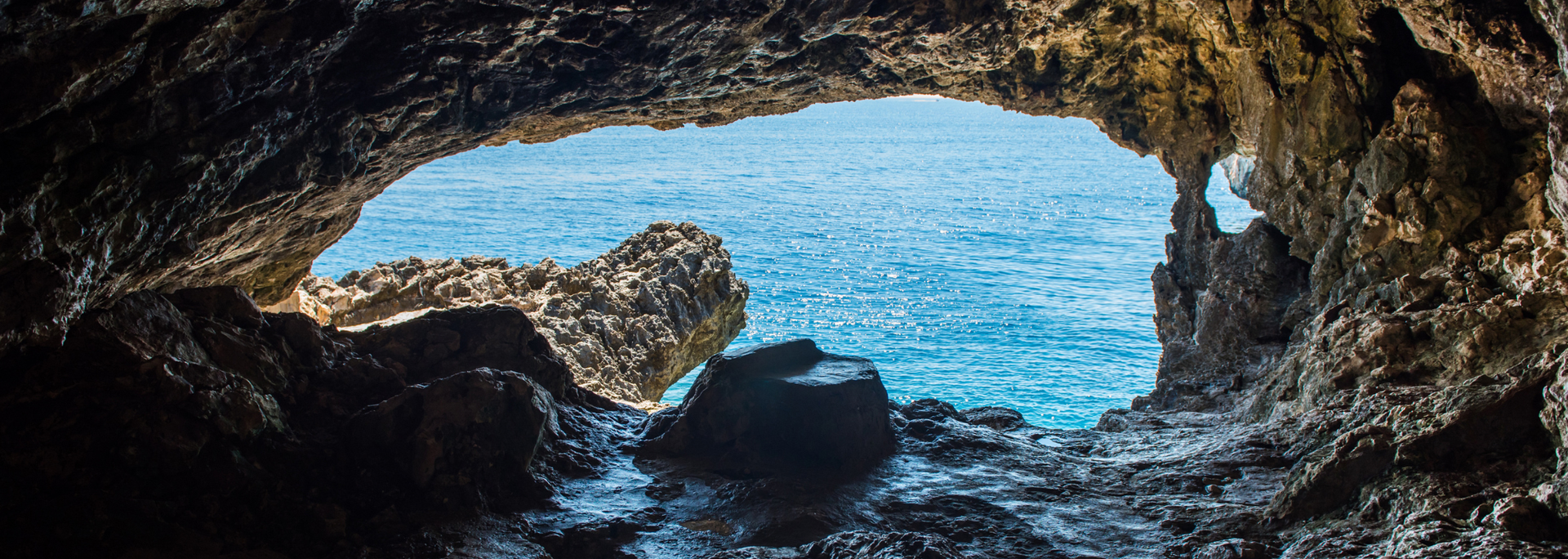
A relic or relict is something left behind from a past time, and a relict cave is a sea cave that's now above sea level.
Some of the biggest relict caves in the world are on the coast of Norway. Originally found on the shore, they've slowly been lifted more than 100 feet above sea level. The largest of these is 340 metres long and took over a million years to form.
Relict caves are an amazing reminder of how much Earth has changed – and will continue to change as sea levels rise.
What marine life lives in sea caves?
Like underground caves, sea caves can provide an important habitat to all sorts of creatures.
Sea lions and birds use sea caves to hide from predators. Crabs, lobsters, mussels and eels find shelter in the gloom while birds build nests.
Invertebrates like sponges, barnacles and sea anemones thrive in these environments. Sea caves are also home to marine flora, with types of algae growing near some cave mouths.
How have humans used sea caves?
Over the years, evidence of human activity has been found in some sea caves. This ranges from kayaks and rafts to drawings and carvings in the rock.
Like underground caves, sea caves have provided temporary shelter and hiding places for humans. They've also provided spots where smugglers could stash their stolen goods. What's more, there's historical evidence that some were used for ceremonies and sea burials.
Today, some of the biggest and most impressive sea caves in the world are open to tourists. These include Benagil Cave in Portugal, the Blue Grotto in Italy, Fingal's Cave in Scotland and Matainaka Cave in New Zealand. Some tourist sea caves provide spots for snorkelling and kayaking.
Scientists also visit sea caves as they seek to learn more about their formations and ecosystems.
What types of stone are sea caves made from?
Many of the world's sea caves are made from limestone, sandstone, basalt and granite. All these can withstand the erosion of the waves long enough to form caves.
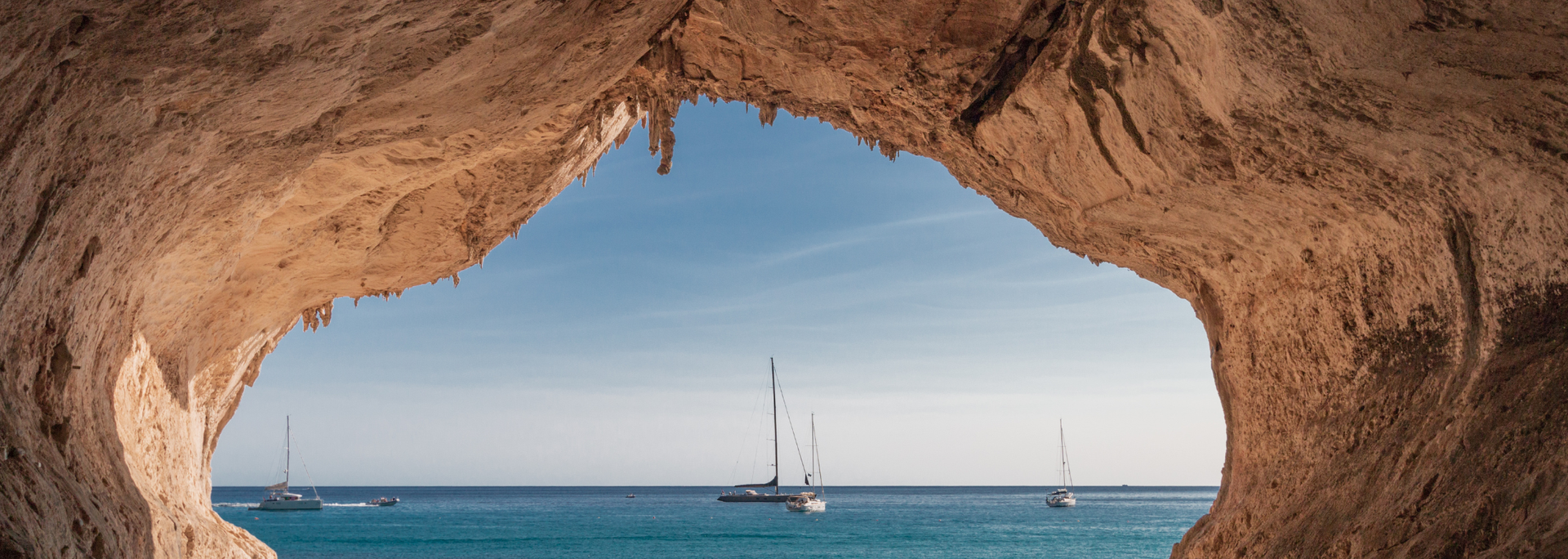
What is the largest sea cave in the world?
It's easy to work out which mountain is highest. But the largest sea cave? It seems to depend on who you ask.
Contenders include Riko Riko cave in New Zealand and an unnamed sea cave in the Faroe Islands.
Guinness World Records, however, gives the gong to the Sea Lion Caves on the Pacific coast of Oregon, USA. These may not be a household name – but they're a real wonder of the world.
The Sea Lion Caves are a connected system of sea caves, including a 400-metre-long wave-cut passage and a chamber that's 95 metres long, 50 metres wide and 15 metres high.
The cavern walls are a technicolour treat thanks to the green, pink, purple and red stains left by minerals, lichens and algae.
The caves are also a must-visit for birdwatchers. The avian life in Sea Lion Caves includes guillemots, cormorants, gulls, puffins and even the occasional hawk.
To top it all off, there's an observation deck where visitors can watch whales at play.
How are land caves formed?
No sea cave would exist without seawater. Similarly, no land cave would exist without acidic rainwater.
Rainwater absorbs carbon dioxide from the air. This creates a weak acidic water that seeps into the ground and begins to wear away at weak points in the limestone. As with sea caves, the formation of land caves is a long, slow process. Stump Cross Caverns, for instance, took over half a million years to form.
Other types of caves include lava caves and glacier caves – but we'll save those for another occasion…
Want to try your hand at caving in North Yorkshire? Stump Cross Caverns is a magnificent underground world filled with ancient rock formations and twisting passageways. It's a real adventure – but safe and fun for all the family. Ready to go underground? You'll find the best deals at our online ticket portal.


